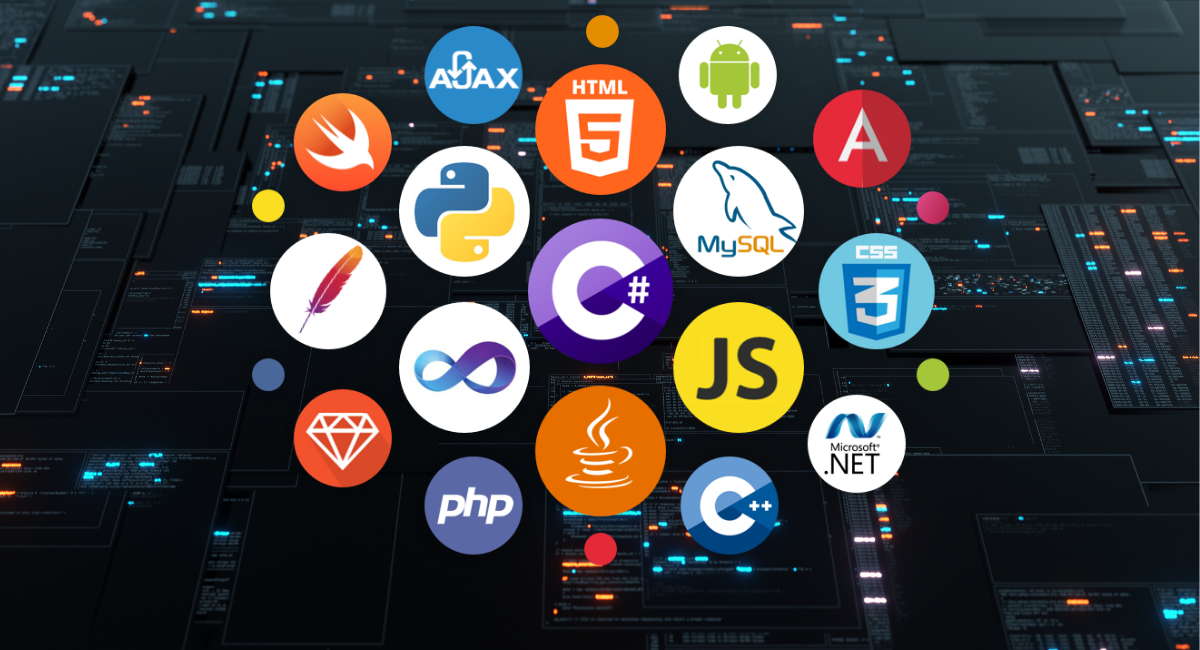Today, we have powerful programming languages like Python, Java, and JavaScript that help us build websites, apps, games, and even artificial intelligence. But have you ever wondered how programming languages started? How did we go from machines that could not do anything on their own to software that powers the entire world?
The Very Beginning: Machine Language (1940s)
In the early days of computers, there were no “languages” as we know them today. People used machine language a series of 0s and 1s (binary code) to communicate with the computer.
This was extremely difficult and time-consuming because you had to write every small instruction manually in binary. Even small programs took hours or days to complete.
Assembly Language (1950s)
To make things easier, assembly language was introduced. It used simple keywords like ADD, SUB, and JMP instead of 0s and 1s. It was still very close to the hardware, but at least it was readable by humans.
However, writing in assembly was still complex and not portable across different machines.
The Birth of High-Level Languages (1950s–60s)
The next big step was the creation of high-level programming languages easier to write, read, and understand. Some major milestones from this era include:
- FORTRAN (1957) – Created for scientific and mathematical computing. It was the first widely used high-level language.
- LISP (1958) – Designed for artificial intelligence research.
- COBOL (1959) – Focused on business and data processing applications.
These languages introduced real-world terms and logic, which made programming more practical and accessible.
The Rise of Modern Languages (1970s–90s)
Over time, more structured and powerful languages appeared:
- C (1972) – Developed at Bell Labs, C became the foundation of many modern languages.
- C++ (1985) – An extension of C that added object-oriented features.
- Python (1991) – Designed to be simple and readable, Python quickly gained popularity.
- Java (1995) – Wrote once, run anywhere. Java brought portability to a new level.
This era focused on building better software, reusable code, and larger projects.
Web and Scripting Languages (1990s–2000s)
As the internet grew, new needs emerged:
- JavaScript (1995) – Built for adding interactivity to websites.
- PHP (1995) – Server-side scripting for web development.
- Ruby (1995) – Focused on developer happiness and elegant syntax.
These languages made dynamic websites and web apps possible.
Today: Versatility and Power
Now we have languages designed for specific use cases, like:
- Swift for iOS apps
- Kotlin for Android
- TypeScript for scalable JavaScript apps
- Rust and Go for performance and security
- And even visual or no-code platforms for non-programmers
The trend is moving toward developer productivity, security, and cross-platform compatibility.
Conclusion
The history of programming languages is a story of evolution from machine-level coding to human-friendly tools. Each new language was created to solve a problem or improve on the limitations of the past.
As technology continues to grow, so will programming languages. Also learn about flutter.
.


1 thought on “History of Programming Languages”